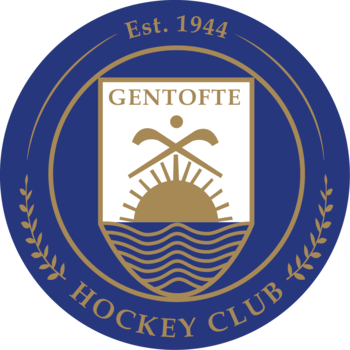Children and youth concept
Overall concept
Our children’s and youth training follows this overall concept based on the following overall guidelines. The development points are based on the child’s/young person’s development within the areas of physical, psychological, social, and hockey-technical development. The development points are:
- Structured, age-related, and versatile training with a breadth sports and competitive sports in mind
- Consideration is given to the child’s/young person’s physical, psychological, and cognitive development at different age groups and the child’s specific needs
- Health and fitness that promote general motor development
- Introduction to and increasing perfection of hockey technique, tactics, and strategy
- Having fun through community and movement
In all age groups, team-building activities also take place in addition to hockey, good contacts with the parents in the form of, for example, joint celebrations, which create a trusting and constructive atmosphere of good cooperation, training camps, hockey schools, and trips to tournaments at home and abroad - preferably across age groups. All this together completes the overall hockey experience in Gentofte Hockey Club.
Select layout
Concept based on age group
I
U8: Basic Training 1 • Skills and flexibility with and without the ball • Gymnastic and movement exercises, back school, turning exercises and running school • Team spirit is built up • Reaction speed and coordination of the body • The first building blocks are laid for the basic hockey techniques • Introduction of the first tactical concepts and movements Conveyance of team spirit and joy of playing. Each child should learn all positions and try to play the different positions. There should always be several coaches on the field, ensuring that both new and experienced players are boosted according to experience and performance level. | |
U10: Basic Training 2 • Improvement and strengthening of the learned basic hockey-specific techniques • Many different athletic elements, which should prevent one-sided training of the muscles, promotion of motor skills and prevention of injuries • Extensive training of different hockey techniques • Deepening of the tactical understanding, including by introduction and use of tactical board • Training of peripheral vision and overview • Introduction to goalkeeper training Increase in hockey-specific share of training compared to the general athletic promotion, development of constructive training dynamics, internalization and practice of sports concepts. | |
U12: Constructive Training 1 • Cement the hockey-specific basic techniques from the earlier age levels. Refine and automate the hockey techniques • Increased intensity in training • Knowledge of hockey rules • Increased focus on tactics on larger fields, individual tactics and group tactics • General athletic coordination, motor, speed, endurance, body stabilizing and strength training to prevent injuries Integration of new players should be possible at any time. Special training for specific positions and game situations begins. Increased communication with the children about team line-up, strategy, tactics etc. | |
U14: Constructive Training 2 • Perfection and construction of all hockey techniques • Individual and group tactical elements. Introduction to different offensive and defensive team tactics • Specialization of the players to specific positions • Being able to combine complex technical elements at a higher pace • Continuation of movement, coordination, speed and strength training Training in smaller groups, special training, consideration of puberty and social interests. At this age, the performance differences between players become larger, and young people tend to question authorities, it is expected that the coaches are very willing to communicate with each individual player, so that all players can find their place on the team and can identify with and see themselves in the training and game situation. | |
U16: Competition Preparatory Training • Increase in intensity, efficiency and adult expression in daily training • Final and fine-tuning of the technical hockey training • Individual support for individual players and groups of players according to their performance • Increased emphasis on the individual team’s tactics and the individual’s independent effort in the game • General athletic promotion to counteract growth limitation with much sports activity Focus points in the second pubertal phase: The young people become “equal” partners in daily training, the coaches are aware that they are social role models for the young people, sensitive preparation of the young people in the transition to the senior department. |

